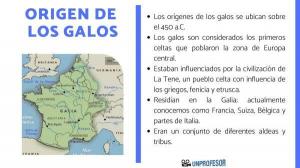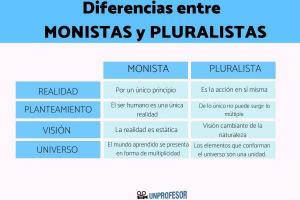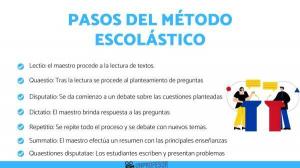The history and evolution of the currency
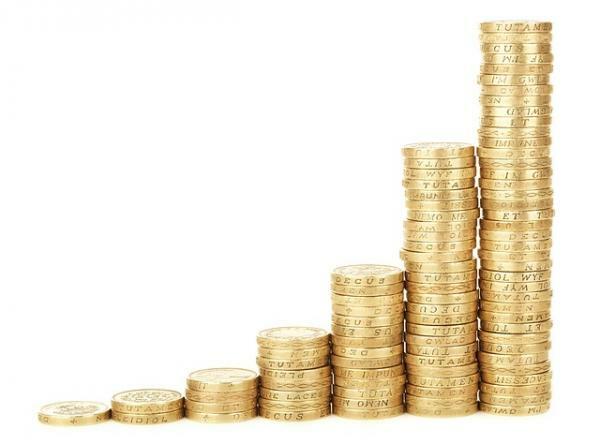
One of the most important elements in our society is undoubtedly money because without it we cannot do anything today. But could you tell me how the money originated? This question is quite complicated as well as simple and in this lesson from a TEACHER we will analyze the history and evolution of the currency an object that, being so small and currently of so little value, dominates the markets worldwide and the daily lives of all people. Therefore, we must first place ourselves in the step prior to its appearance to understand why human beings were forced to create it.
Index
- Definition of currency
- Bartering
- The appearance of the coin
- Currency stagnation in Europe
- The appearance of paper money
Definition of currency.
It is a piece of resistant metal, with a specific weight and dimensions (so that they are all the same). We usually find it in different sizes depending on the value of each one. Depending on the country, this object will have a stamp that differentiates it. At present the name also serves to designate the banknote.
Barter.
Before I start to explain the history and evolution of the currency we have to situate ourselves in the previous moment of the commercial exchange, that is to say, in the epoch in which barters were made.
Prior to the appearance of the coin, barter was the system used by different societies for the exchange of objects, or how to pay for some services. The problem was that on many occasions the changes were very unfair, since the work done by an artisan was compensated, for example, with some food that, in addition to being perishable over time, did not equal the best of the work done by this.
That way a series of objects made of metal began to be used as a form of payment and this could have different forms. An example of this we will find in China where by the year 1100 a. C. Objects in the form of knives or axes (of small dimensions) have been found that served as a form of payment for services rendered or for the exchange of a product.
But over time, the different societies found themselves obliged to create a somewhat more complex system for exchanges, given that trade began to be carried out on a large scale, the barter model being insufficient.

Image: Etruekko
The appearance of the coin.
According to the latest findings, the first coins to appear are located in the area of Lidia did the year 680 a. C. and in the representations the figure of the lion appears, a very common element in that area, as it is an animal related to royalty and power. We know that they are coins and not stamps because they have a specific weight and dimensions, about 4.75g and are made in electrum(an alloy that is found in nature and is made up of gold and silver).
From that moment, we can say that, thanks to large-scale trade, coins became necessary in all the civilized places that were at that time, reaching as far as Persia on the one hand and Greece on the other. In this way we will begin to find endless coins with different signs, depending on where they came from.
Continuing with our lesson on the history and evolution of the currency we have to place ourselves in Greece where we will find the first coins with the most stable composition, which weighed between 65-67 g, being silver. This we can say that it would be the first universal currency, as it is the one with the highest intrinsic value, the drachma.
The problem came when the precious metal reserves began to run low, in that way, the state had to create fiat money, that is to say, take out some coins whose value was less than the one they reflected, being made with other metals, such as bronze or copper. These were endorsed by the gold and silver reserves that the country had stored in the treasury.
But the drawback was in transactions outside the State, that is, a merchant from another country did not accept fiat money, but had to be paid with precious metal. In that way, gold and silver coins were left for payments to other countries.
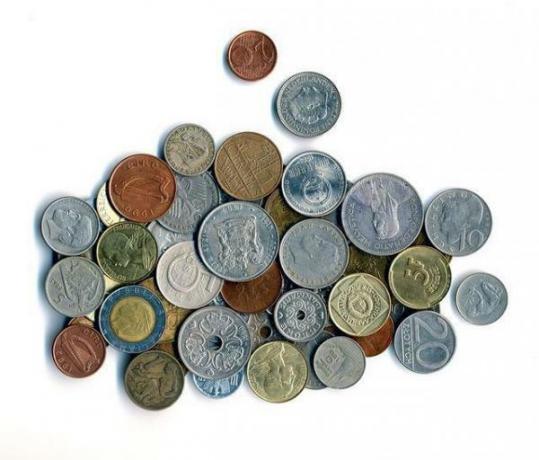
The stagnation of the currency in Europe.
Behind the fall of rome In 476, all the Roman provinces became a series of barbarian kingdoms that would eventually give rise to today's European nations. During the interval known as the High Middle Ages, the currency practically ceased to exist Well, the markets collapsed, especially those that linked Rome with northern Europe, leaving a small vestige in the Mediterranean area, which maintained this trade, but on a smaller scale.
In this way, land trade continued to be carried out but on a small scale (between villages) and the form of payment practically switched to barter again. It would not be until the Full Middle Ages, when the coins began again to emerge, mainly due to the discovery of new mines, which provided Europe with a new income of precious metal.
Continuing with our lesson on the history and evolution of the currency, it would be at this moment when the cities abandoned by the Romans began to be inhabited again, creating some ex-boyfriend and rearranging the old ones. It was at that moment that the improvement in the market system, creating several lines that linked all of Europe. Being these intertwined by the system of fairs.
Over time, the market network was getting bigger and bigger and with the discovery of America and subsequent colonization, the mercantile system experienced its greatest advance in centuries. It would be at this moment when a universal currency would appear again that would dominate the whole world for centuries, this was the real eight, Established by Felipe II, this coin had a great intrinsic value due to the value of the metals with which it was made and it served to pay the debts that the Empire had for Europe and the soldiers that it had fighting all along the Spanish road.
In this other lesson from a TEACHER we discover a summary of trade in the Middle Ages.
The appearance of paper money.
The problem was in the large number of criminals who had bet on the different commercial networks, for which the merchants weren't sure of being able to move your goods from one place to another without the security of not losing them on the way.
That way, and thanks to the appearance of banks, other payment systems began to be used, such as the paper money, which we can relate to the ancestors of the checks. Continuing with our lesson on the history and evolution of the currency, we must know that a person could carry a large amount of money without carrying it.
It would not be until the end of the 18th century when we begin to see what we know today as banknotes, being the first to use them the Americans. It seems that this form of fiat money appeared because of a wartime payment problem since it was needed to pay the soldiers, that way instead of giving promissory notes, the banks began to create the named greenback, which were some bills which were marked with certain types of values.
After the war, central banks saw a great idea for this form of payments and it was institutionalized.

If you want to read more articles similar to The history and evolution of the currency, we recommend that you enter our category of Economy.

